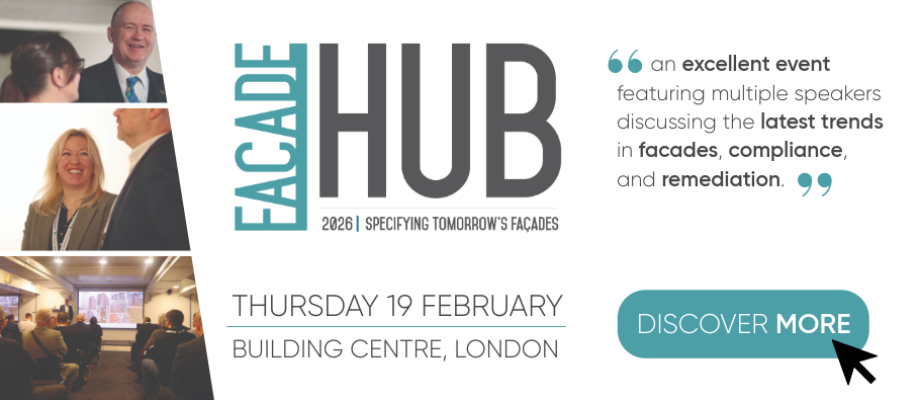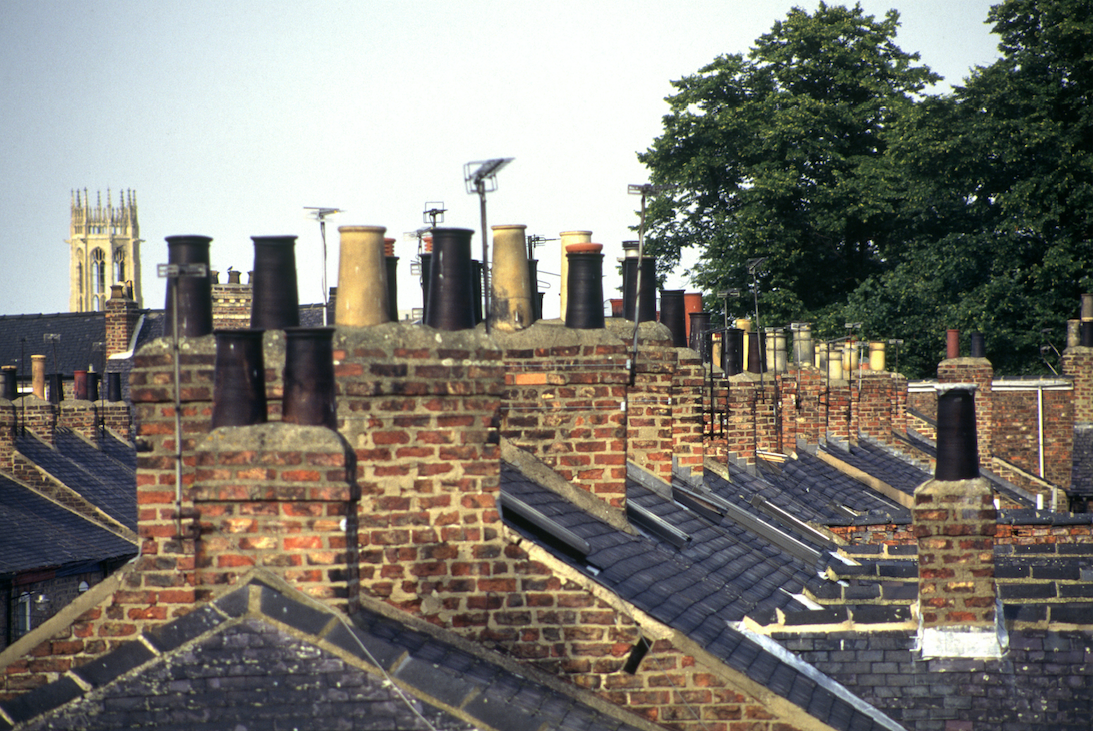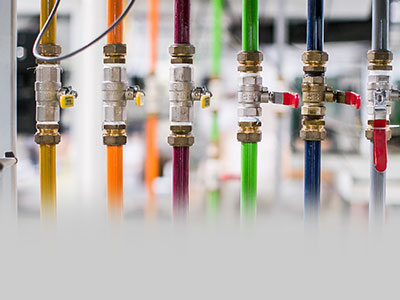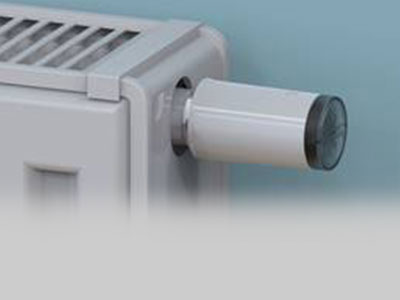Heating and Ventilation
Vent-Axia Welcomes Government Clean Air Strategy
paragraphs
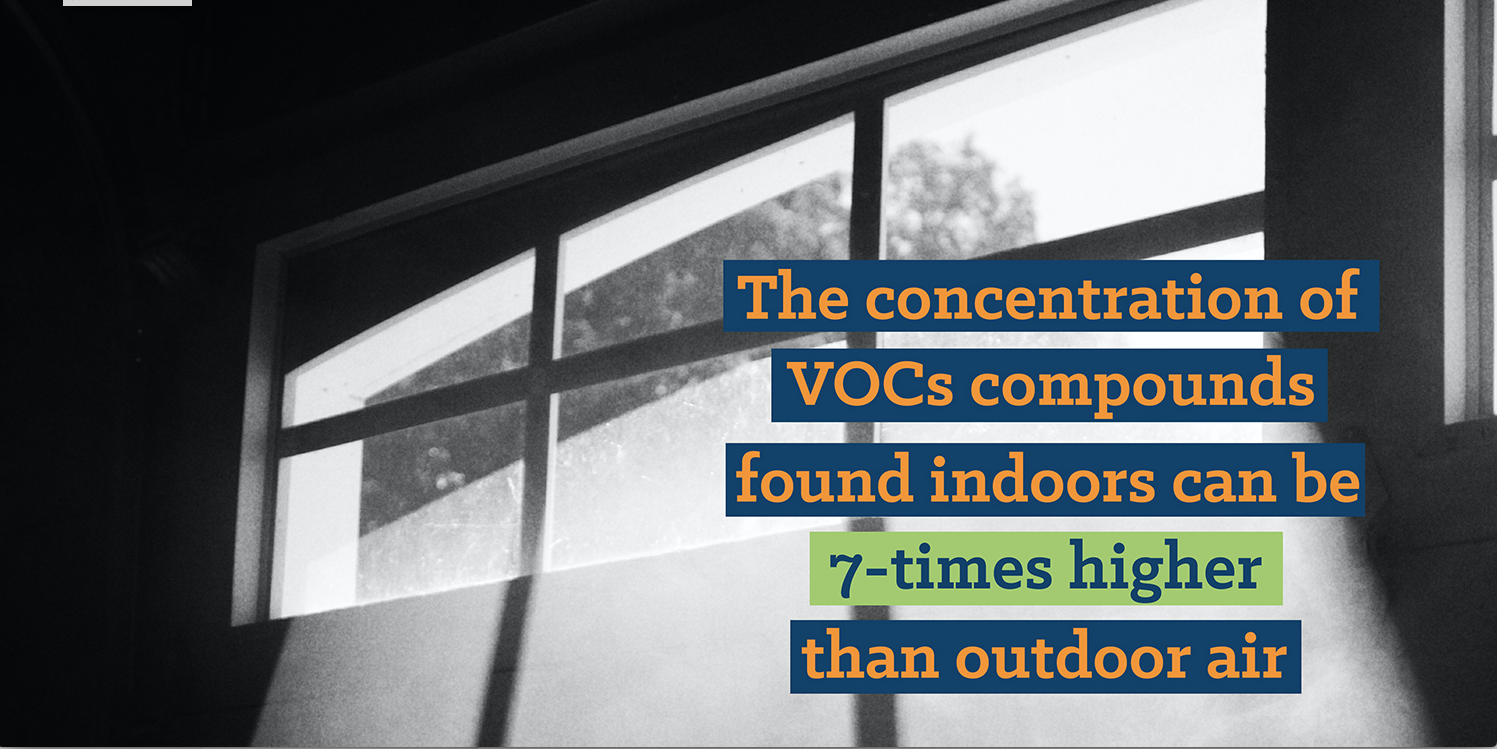
Vent-Axia has welcomed the Government’s Clean Air Strategy, launched on 14th January 2019, which highlights the importance of clean air in the home.
Categories
- Read more about Vent-Axia Welcomes Government Clean Air Strategy
- Log in to post comments
Intergas boilers – the future of reliable heating
Evinox Energy Supply Canary Wharf’s New District, Wood Wharf
How to make the switch from gas boilers (and why)
Help for housing associations to prevent boiler breakdowns
Step by Step
paragraphs
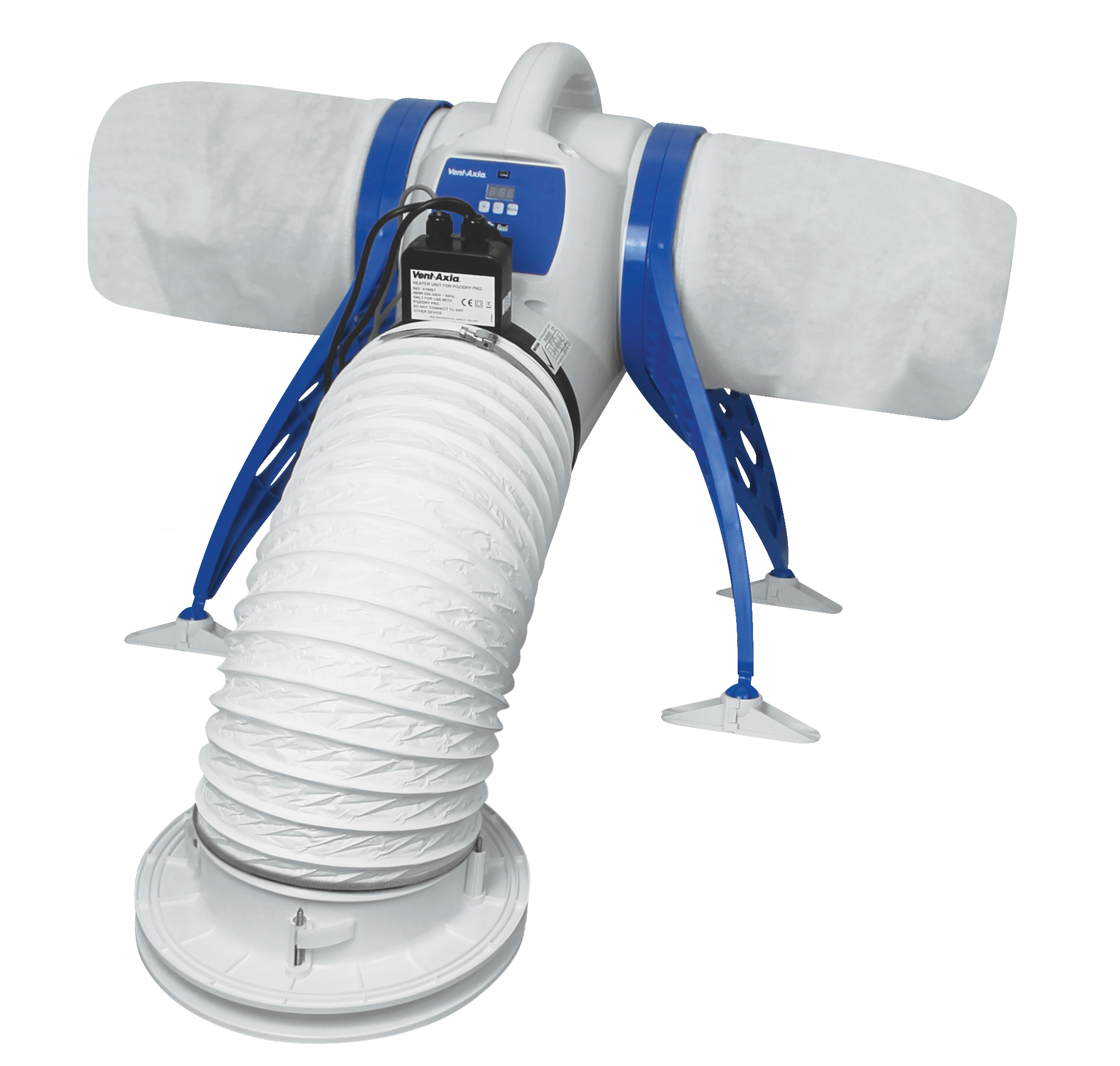
Tom Wodcke, Product Marketing Manager at Vent-Axia, discusses a new Government White Paper which offers recommendations on how to provide healthy homes
Categories
- Read more about Step by Step
- Log in to post comments
Copyright © 2025. All rights reserved.
Designed By Euromedia Associates Ltd







